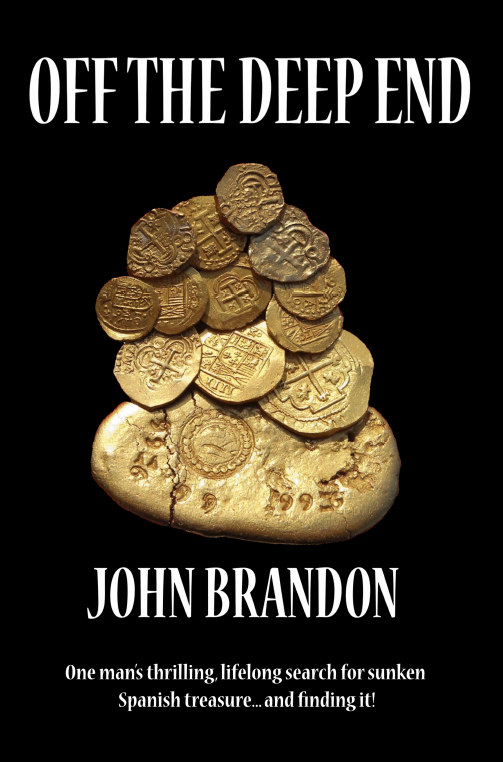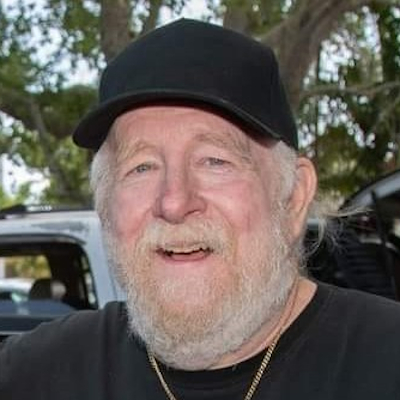News
Signum Ops is developing a new release of DigTrakR developed for salvors of the 1715 Fleet along Florida's east coast, ready for release as DigFindR 186. The beta edition will be distributed to select operators in the first quarter of 2023. Information and tutorial videos can be found here.
The software is devised especially to make use of the 1715 Fleet maps developed originally by the Fishers and devised by Bill Moore. These charts, provided to sub-contractor salvors, are 2D drawings produced using AutoCAD and feature records of excavation over a period of more than 30 years.
DigFindR 186 is a 64-bit Windows program, which will run on Windows 7 and on through the current release of Windows 11. It is a product that has a developmental history reaching back more than 25 years to original versions written specifically for cadastral mappers, based on computer aided drafting engines created by Oleg Kolbaskin. Over the years, the code has migrated through three releases of the dynamic link libraries produced by Oleg and had its earliest incarnation as MagTrakR, which was written privately to map magnetometry surveys. With the newest version of Kolbasoft's LiteCAD 2D CAD engine, particular code was developed to handle the attribute data in the 1715 Fleet maps. DigFindR 186 as currently designed is directed toward 1715 Fleet operations, but it can be adapted for use by the scientific community at large. The program is equipped with the means to use an NMEA 0183 GPS interface.
Signum Ops has acquired the archives of David O. True, specifically the material he collected reference treasure, and pirate lore. True was a founder of the South Florida Historical Association with an avid interest in all things 'pirate'. He left behind his unpublished manuscript 'The Register of American Pirates' that will finally go to press under the Signum Ops imprint sometime in the next 24 months. This is a monumental undertaking as every page of paste-up notes, correspondence, map work, photos, and other various printed material is being carefully scanned, indexed, and stored as digital copy. While some of the material can be rendered with optical character recognition, the bulk is in True's written hand, requiring transcription. At this point, circa December of 2024, more than 1400 pages have been processed, marking about half of the total acquired. There are many original signatures in the collection, along with True's own hand-drawn maps. His range of interest was primarily the Caribbean, however, he had serious interest in treasure throughout the U.S. with emphasis on Florida.
"Off The Deep End" is now available at Amazon!

As a youngster the author spent many days combing the beachfront, metal detector in hand, along the eastern shores of Central Florida where he perfected his methods, and sharpened his recall of shipwreck locations that produced many, many artifacts and coins for his own collection. In time he would become a key figure of the famed Treasure Salvors epic as a highly trusted ally of Mel Fisher.
Within this volume, John describes his enduring fixation with the discovery of treasure from the instant where he held his first Spanish treasure coin at the age of ten, through adulthood into the year's of the early 1980s. The book begins with the Brandon family’s connection to history, as they progressed from England, to the United States, and finally to Florida. This heritage stimulated the author's appreciation of treasure, as well as the historical context surrounding those lost ships of old, the remains of which have provided the author with unsurpassed adventure! This first-person narrative is guaranteed to hold your attention throughout and it is liberally illustrated with previously unpublished photos.

John Brandon
